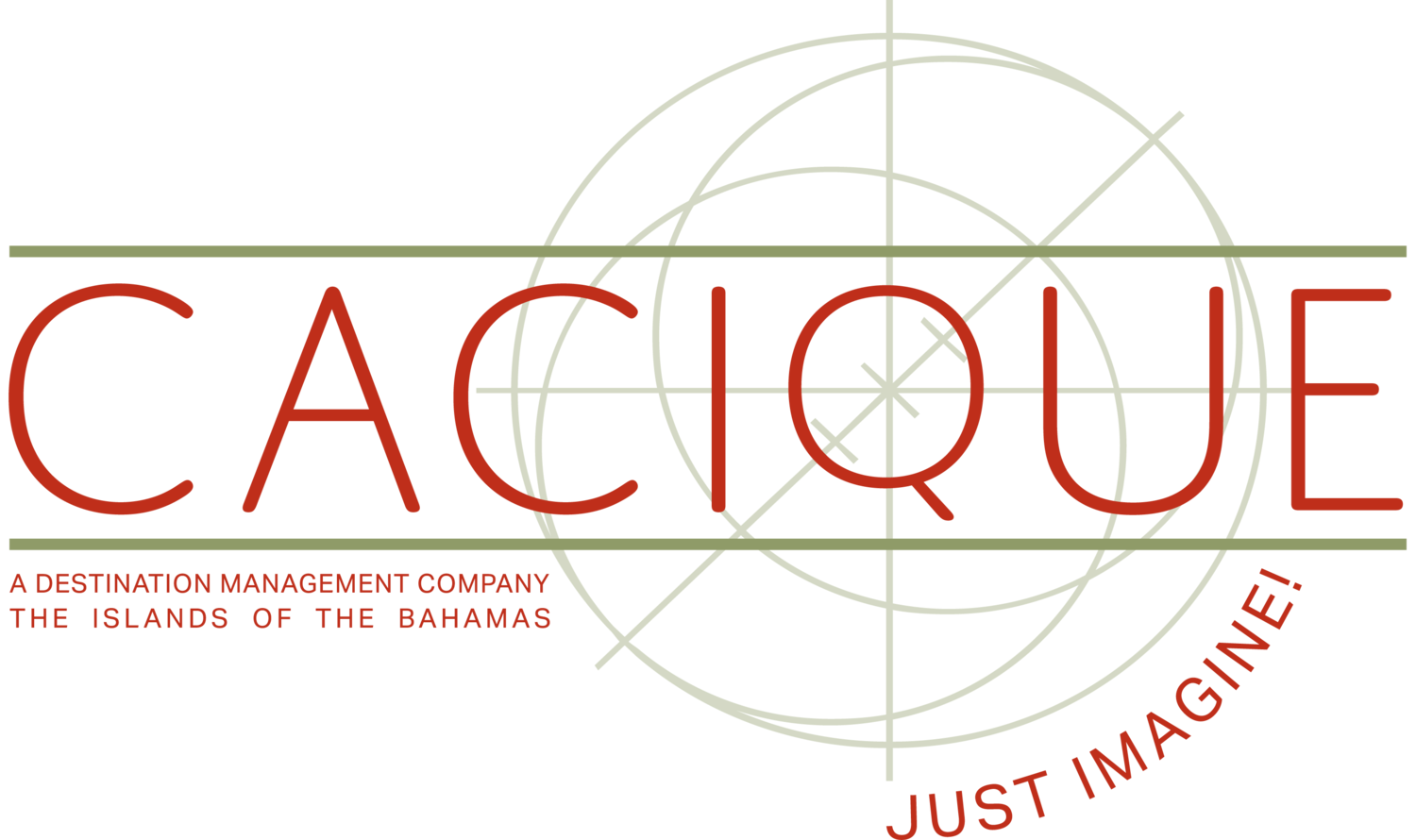Discover Cacique | Villa Doyle
In 1973, the Union Jack was lowered for the last time and a brand new black, gold and aquamarine flag was raised in its place. Forty-four years of independence from the crown but The Bahamas continues to hold dear many of its colonial relics. Positioned on the ridge, overlooking Nassau harbor and Downtown Bay Street, you will find the stately Villa Doyle, now reincarnated as the National Art Gallery of The Bahamas.
IF BUILDINGS COULD SPEAK, THIS ONE COULD SOLVE AN INFAMOUS MURDER
Baroness Von Hoyningen Huene, formally Nancy Oakes, with husband Alfred De Marigny - chief suspect in the murder of Sir Harry Oakes.
If buildings could speak, this grand home would tell many a colonial tale, as well as shedding light on The Bahamas most infamous murder mystery. Villa Doyle was built in the 1860s as the residence of Sir William Doyle, the first Chief Justice of The Bahamas. Following a series of eminent proprietors, including Sir Walter K. Moore, President of the Legislative Council, the villa was sold to Baroness Von Hoyningen Huene, formally Nancy Oakes - daughter of Sir Harry Oakes, who was mysteriously murdered shortly after Nancy espoused French-Mauritian businessman Alfred de Marigny.
Alfred did not fit in well with the social elite of Nassau, and it was speculated that he had a hand in the murder of her illustrious father. This murder remains one of the biggest unsolved murder cases in Bahamian history.
COLONIAL SPLENDOUR
Sitting atop the rise – bridging the two districts that are at the core of the nation: bustling Bay Street—once the hub of colonial power and the ‘Over-the-Hill’ community where the pro-independence leaders were born and raised - Villa Doyle is typical of colonial stately homes with surrounding verandahs offering sweepings views of both city and sea.
Photo Credit far left and far right: @tannishopkins
Left to deteriorate for two decades following independence, there were many voices raised in the desire to tear the Villa down. As a symbol of the colony it could be perceived, at worst, as a negative reminder of an unpleasant past or, at best, a haughty souvenir that sits apart from the everyday Bahamian experience. Villa Doyle was saved as a historic site under a campaign led by founding Chairman, Dr. Gail Saunders and lovingly restored in the 1990s to become the National Art Gallery of The Bahamas. Its salvation and current occupiers, are now changing the villa's perception.
THE NATIONAL ART GALLERY OF THE BAHAMAS
“Our challenge is to weave this building and our cultural efforts back into the community, to show how a structure like this and how the arts in general play a key role in the everyday Bahamian experience and in the development of a cultural identity. For example, we have discovered a parallel story of the building, not about its wealthy residents, but about the locals who built it, restored it, and currently work, manage and lovingly maintain it. In this way, the community is able to attain a sense of ownership and pride in the structure that dispels its uncomfortable past and becomes a place of beauty and community.”
Current Exhibitions from left: Revisiting An Eye for the Tropics & George Cox - The Unseen Structure. Reconstruction of Villa Doyle.
While the Villa Doyle, which houses the NAGB, is chiefly known through its colonial inhabitants, exhibitions such as George Cox - The Unseen Structure (above) are working to change that perception. The Cox family is connected to Villa Doyle over three generations in roles ranging from contractor (Fred Dillet, 1924), to civil engineer (George Cox, 1996) and chief curator (John Cox, 2011-2013).
From left: Thierry Lamare Retrospective "Love, Loss & Life" from April 17. Dave Smith as part of Übersee: Cuba & The Bahamas from April 28.
The permanent National Collection focuses on modern and contemporary Bahamian artists, from veteran photographer Roland Rose to renowned sculptor Antonius Roberts and folk painter Amos Ferguson. Temporary exhibits cover hot topics like Caribbean Identity, the Haitian earthquake and cultural dynamics of The Bahamas.
DISCOVER CACIQUE | ART EXPERIENCES
For more information on Bahamian art experiences with Cacique International, to arrange a tour of The National Art Gallery Of The Bahamas or a bespoke workshop with a Bahamian artist, please contact us.
Find out more about Villa Doyle and the NAGB in this mini documentary:
A History of the National Art Gallery of The Bahamas, 2009.




